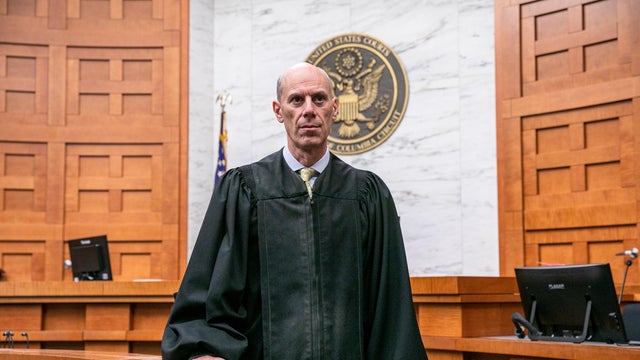

No response returned

The is , many of which have been prevalent in recent years. With inflation problematic, many investors flocked to gold for the protection the precious metal offers during such economic periods. Thanks to a consistent value during these times, many investors choose to by adding a portion of gold to offset losses felt elsewhere. That, in turn, has largely contributed to a remarkable price surge, with gold breaking through numerous records in the last 18 months as it closes in on the .
This week marks another chance for the price of gold to change as the Federal Reserve meets again to determine monetary policy and the future of interest rate cuts. The potential for the central bank to impact gold prices, specifically, however, may not be as clear as investors and prospective investors think at first glance. Below, we'll break down what both groups should know about gold prices now, the July Fed meeting and, most importantly, what to consider doing in response.
.
Historically, lower interest rates result in increased demand for gold, causing the price of the metal to fall correspondingly. "As the returns on risk-free assets decline, gold prices [often benefit]," Steven Conners, founder and president of Conners Wealth Management, previously explained to .
But this isn't always the case, as gold largely surged in recent years even as interest rates rose, at one point, to their . That was due to inflation concerns overriding the interest rate relationship, primarily, but it underlined the volatility in the gold price market as investors looked for ways to buy in at a more affordable entry price point.
The price of gold on July 28, ahead of the Fed's two-day meeting, is $3,332.46 per ounce. And it's likely to remain around that price by the week's end, too. That's because a rate cut is highly unlikely to be issued this week (the tool has a continued pause listed above 96%). And with no Federal Reserve meeting on the calendar for August, this is likely to keep the gold price landscape relatively unchanged until the central bank meets again in September.
That said, other factors could move the price of gold upward or downward, both this week and in the remaining weeks of the summer. This includes factors such as:
With much to consider, then, and with gold technically priced lower now than it was a few weeks ago, prospective investors and current ones not yet invested to the may want to get started now. Waiting could result in getting priced out of the gold market and losing the protections it can offer altogether.
.
A Federal Reserve meeting isn't just important for interest rates and borrowers. Changes and comments made there can also impact investors, particularly those considering gold (or adding more to their portfolio). And while rate cuts look unlikely for this week, it doesn't mean that the gold climate will stagnate either. Consider using this time strategically, then, as today's "expensive" gold price could very easily become tomorrow's "cheap" price point.





